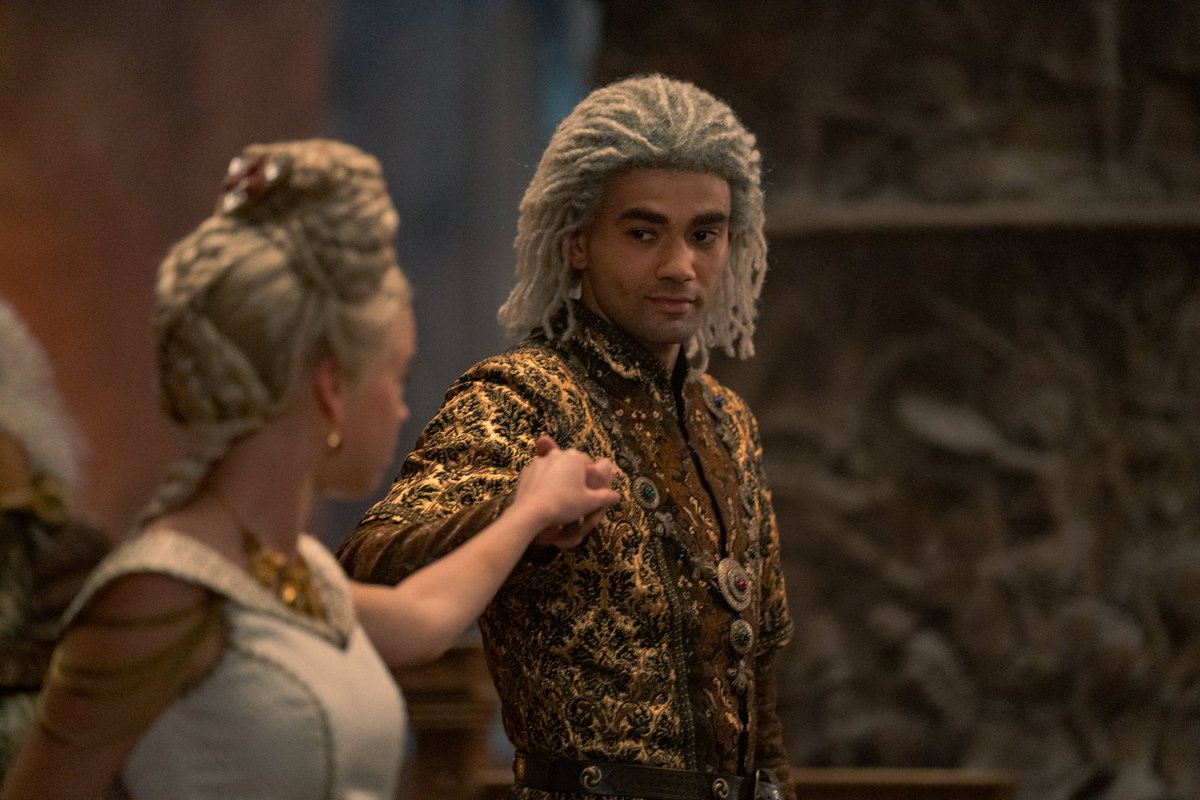No matter who you are in Westeros, you’re probably going to have a bad time. In the world of Game of Thrones — and the House of the Dragon spinoff — violence and brutality have equal opportunities: Uneducated serfs are killed at the whim of their noble lords. , women were raped and raped and ravaged, children of all kinds. starved to death and watched his parents murdered by barbarians.
The streets of King’s Landing are flooded with blood and shit, petty disagreements are handed over to dagger justice; to earn an existence in filth is something anyone could hope for outside of the Red Keep.That said, there are certain demographics that suffer more than most. After all, this is a fantasy series inspired by Europe’s Dark Ages: gender is purely binary, the plight of women across the realm is a recurring theme in House of the Dragon, held in various forms as sexual objects or political weapons, exchanged bodies to strengthen ties of regal families and maintain bloodline.
The pieces are aligning steadily in this new Game of Thrones, but the latest episode, “We Light the Way,” puts a new wrench in the work. Rhaenyra’s new fiancée (played by Milly Alcock), the young Laenor Valaryon (Theo Nate), has a taste for meat “different” from those of his age. If you can’t read the subtext of his beachside conversation with his fiancée, heavy with period-appropriate euphemisms, the following scenes make it very clear: He I’m Ser Joffrey Lonmouth (Solly McLeod)’s damned longtime lover, a relationship extremely similar to that of Renly Baratheon (Gethin Anthony) and Loras Tyrell (Finn Jones) in the original series. And we all know how that ended.
There is no “gay” in Game of Thrones, because this is a world of strict, heterosexual traditionalism. So it is unlikely that the two nobles could enjoy a peaceful and prosperous life as public lovers, in the same way that the anointed future queen was not allowed to pursue. love and sex outside the court, as Rhaenyra wanted. in her own blossoming relationship with her protector Ser Criston Cole (Fabien Frankel). But Rhaenyra and Laenor came to their own compromise: that they would live their public lives in earnest in the service of the crown, while secretly embracing their own desires.

It all sounds like a great compromise, until it’s not. Threatened to reveal his secret, Ser Criston brutally murdered Ser Joffrey in court, hitting him in the face with a metal-plated glove until it turned into a crater. Ser Laenor grieved over his body—if someone didn’t know them more than friendship, surely they did by now—still crying as he recited his wedding vows late at night.
Subsequent episodes will certainly have to take the consequences into account. But in the meantime, to introduce a few rare weirdos in the series, only to have one of them sent out, quickly, in visceral fashion, leaves a horrible taste. After all, this isn’t the first time strange characters have been introduced to simply face their bloody, gruesome deaths. Thrones’ treatment of homosexuals has been a longstanding point of contention.
Charlie Heaton Reacts To Stranger Things Season 4: “It Just Adds To The Chaos Of It All”
As Vulture’s Brian Moylan wrote about the end of the sixth season of Game of Thrones in 2016, “Gay characters in Game of Thrones have experienced particularly bloody and disgraceful deaths.” He notes the assassination of the dark monster Hot King Renly, the Big-B Bisexuality Big-B head-smashing Oberyn Martell (Pedro Pascal), and Loras, not only undergoing the worst conversion therapy that humans have ever seen. who once knew at the hands of religious fanatics but also A. – was bombed during the attack on the Temple of Baelor by the strange icon Cersei Lannister (Lena Headey).
The manner of their deaths matches the franchise’s consistently somber tone, but it’s unsettling that gay characters are still relegated to the devices that represent darkness. Laenor’s weirdness is probably not going anywhere, so his personality has plenty of room to breathe. However, it still feels outdated to embrace the antics of the past, especially in the media age where the focus of innovation is placed on strong discoveries of the strange. The Celluloid Closet, film critic Vito Russo’s lengthy review of weirdness in the media, was published more than four decades ago, as Stephen M Hornby noted in The Conversation when the original series was is about to end. “[Russo] has noted a tendency in some films to show that
